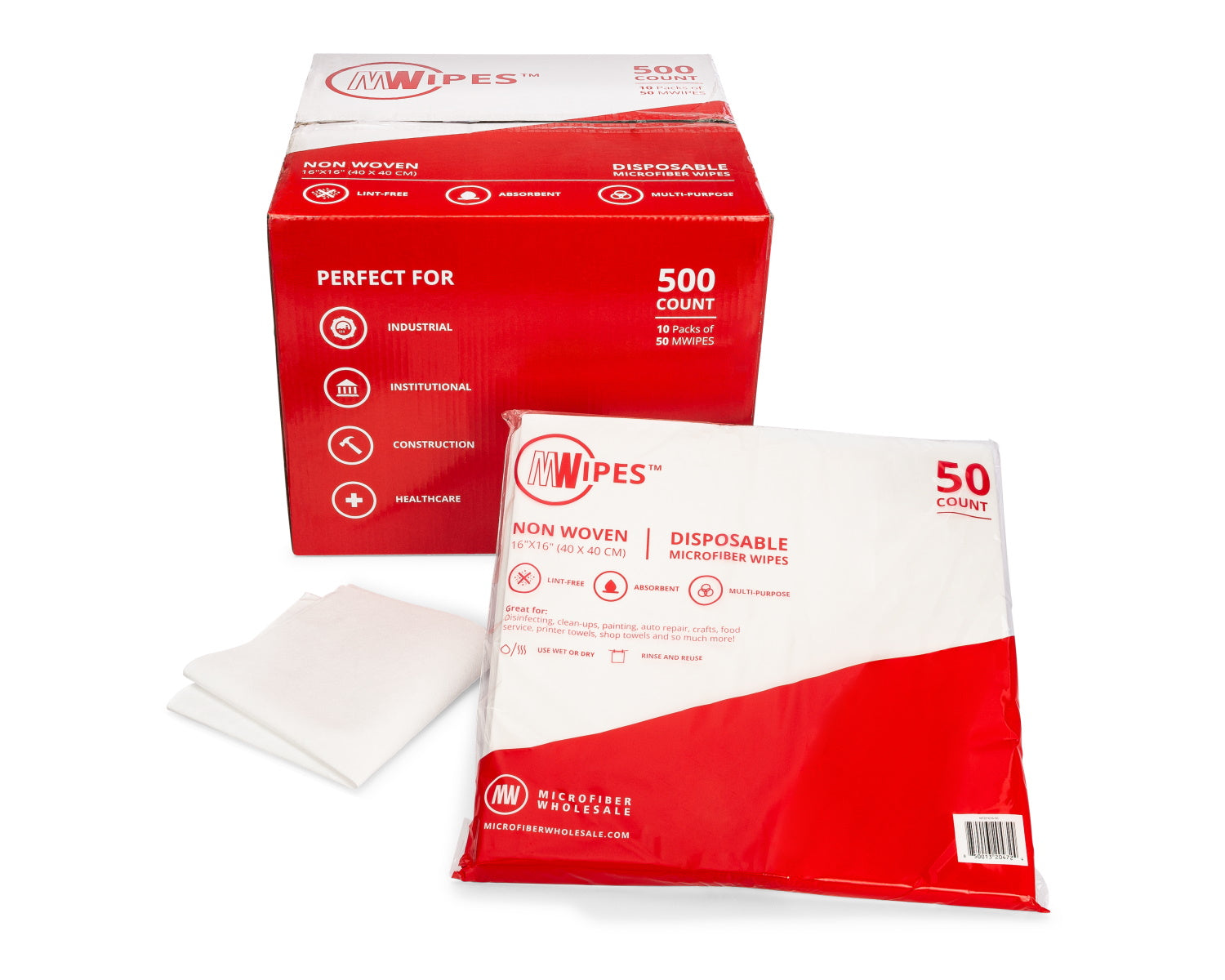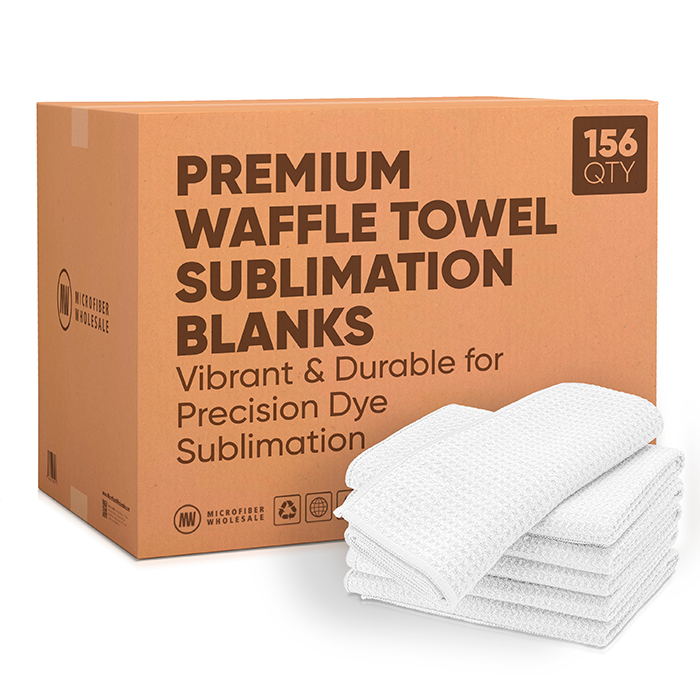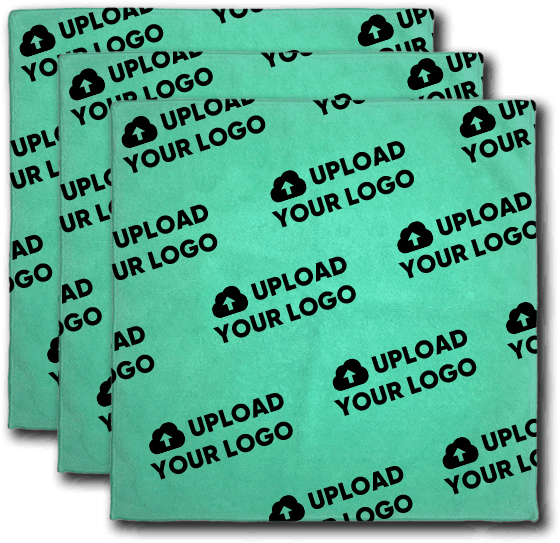Why The Cleaning Supplies You Use Are Important
So many people try to save as much money as they can when buying cleaning supplies, which is totally understandable. Life is expensive these days.
But, like that age-old saying goes, “You get what you pay for.” Anc cleaning products are no different.
If you buy the $10 mop versus the $40 mop, that’s exactly what you’ll get; a mop that does a poor job of cleaning, takes longer to clean, and will need replacing frequently. Because of these things, you’ll also hate using it.
If you had just spent the extra $30, you’d have a mop that cleans effectively, helps you work quickly and efficiently, won’t need replacing for years, and is satisfying to use.
Which ends up costing you less than the $10 in the end.
Also, when it comes to health and hygiene, it’s important to have products that actually clean a surface, rather than spread germs around (I’m looking at you, Swiffer). Products like high-quality microfiber do the heavy lifting when you clean, so you don’t need to use excessive cleaning agents, like surface sprays and detergents. It works with just water.




















 By continuing with your order, you acknowledge and agree to the following:
By continuing with your order, you acknowledge and agree to the following: